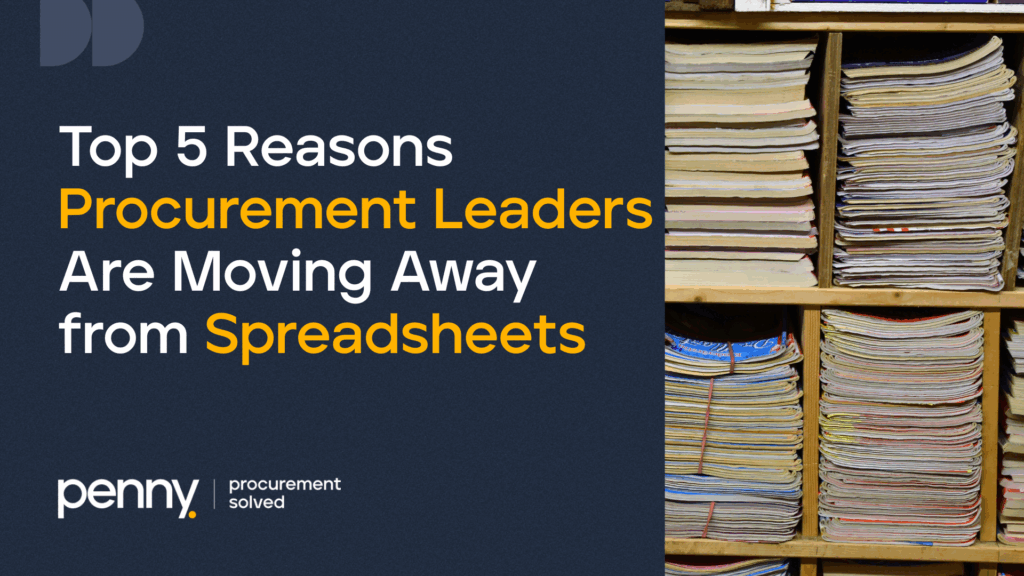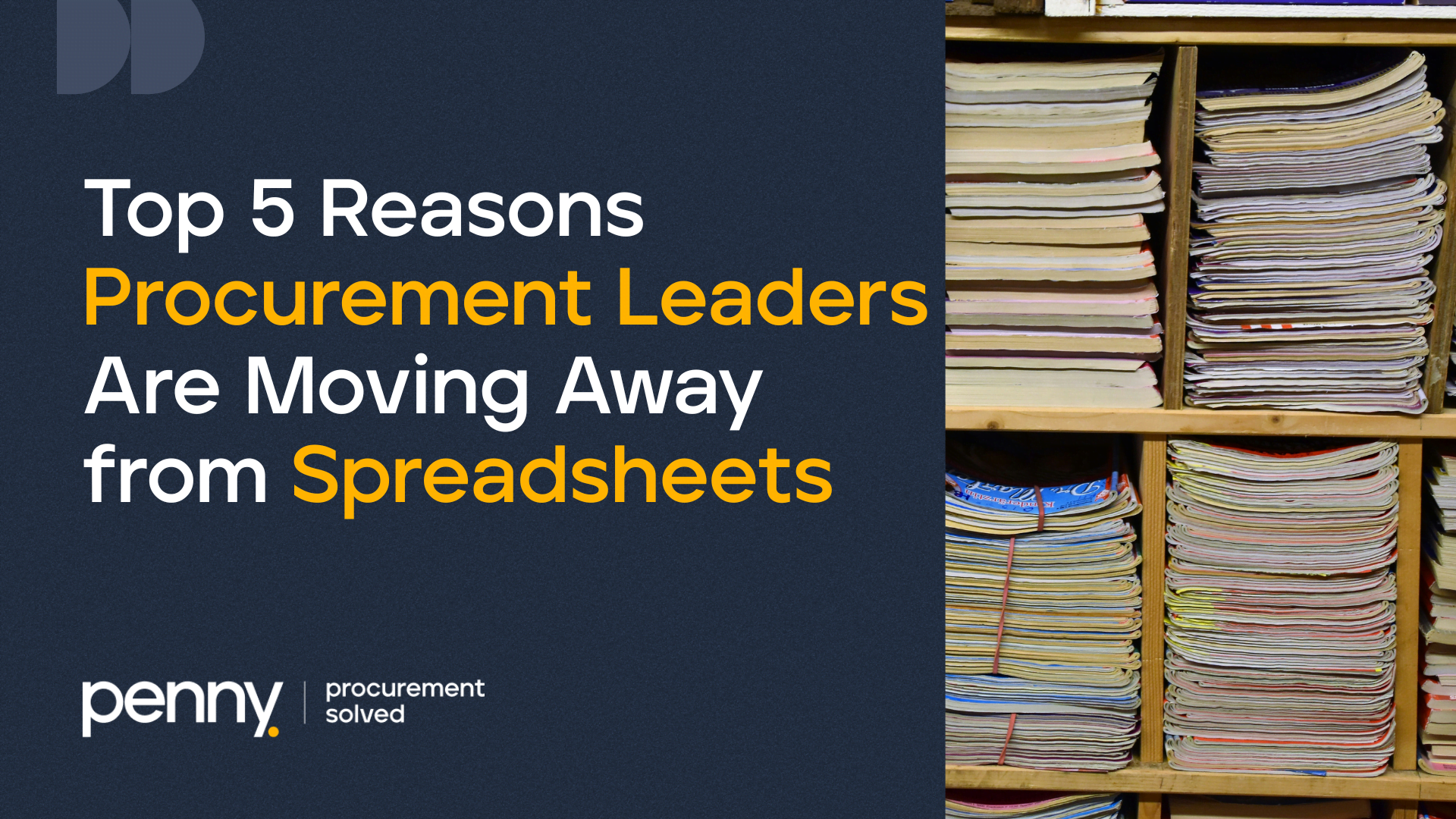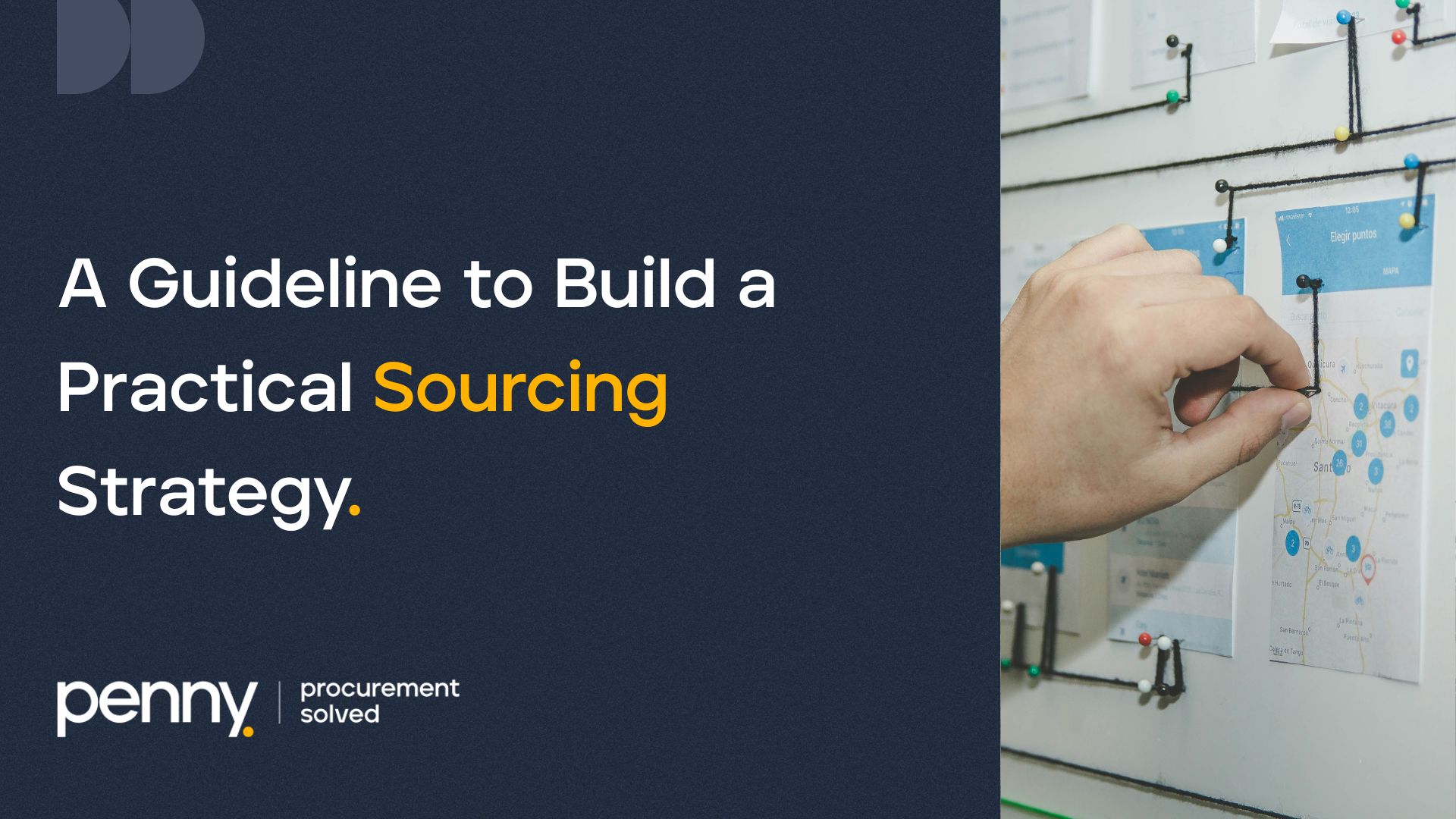
For decades, spreadsheets have been the default tool for procurement teams. They’re flexible, familiar, and practically free. But as procurement has evolved into a strategic driver of business performance, spreadsheets have shown their limitations.
What used to be “good enough” is now a liability. According to a PwC survey, nearly 88% of spreadsheets contain errors, and in procurement, those errors often translate into millions of dollars in unnecessary costs or risks.
Here are the top 5 reasons procurement leaders are finally moving away from spreadsheets, and what they’re using instead.
1. Spreadsheets Are Error-Prone (and Expensive)
The most famous spreadsheet mistake in history? JPMorgan’s “London Whale” incident, where copy-paste errors in Excel contributed to $6.2 billion in trading losses.
Procurement isn’t trading, but the principle is the same: manual data entry is risky. A misplaced decimal point, a duplicated row, or an outdated formula can create major distortions in budgets, supplier evaluations, and forecasting.
Example: A construction company discovered a supplier was being overpaid by 4% every quarter for two years, simply because of an unnoticed formula error in their spreadsheet.
2. No Real-Time Collaboration
Procurement is a team effort. But spreadsheets aren’t built for collaboration.
Teams end up emailing versions back and forth, creating confusion about which file is “final.” Meanwhile, decisions get delayed while everyone waits for updates. This lack of real-time collaboration not only slows procurement down but also increases the risk of acting on outdated information.
Statistic: McKinsey estimates that companies waste 20–30% of their procurement time reconciling data between teams.
3. Zero Automation = Endless Manual Work
Every RFQ, supplier update, and approval step has to be typed in manually. That means wasted hours that could have been spent negotiating better contracts or analyzing market trends.
Manual updates also increase the risk of missing opportunities like a supplier promotion or an early payment discount because no system is in place to flag them automatically.
Example: One Penny customer reduced their RFQ cycle time from 14 days to just 5 days after replacing manual spreadsheets with automated workflows.
4. No Audit Trail = Compliance Nightmares
Procurement teams are under more scrutiny than ever, especially in industries with strict regulations. Spreadsheets provide no clear record of who approved what, when changes were made, or why certain suppliers were selected.
This lack of transparency creates compliance risks, exposes companies to audits and fines, and damages trust with stakeholders.
Example: A healthcare provider faced penalties during an audit because they couldn’t prove the approval chain for supplier contracts, all because approvals were “buried” in old spreadsheet files.
5. Spreadsheets Don’t Scale
When procurement involves a handful of vendors, spreadsheets might work. But as a company grows, adding hundreds or thousands of suppliers—the spreadsheet collapses under its own weight.
Formulas break. Files take minutes to load. Version control becomes chaos. At this point, procurement leaders realize that what once felt “cheap and easy” has become a bottleneck.
Statistic: According to Deloitte, companies that move away from spreadsheets to digital procurement platforms report cycle time reductions of up to 65% and procurement cost savings of 8–12%.
Beyond Spreadsheets: What Leaders Want Instead
Procurement leaders aren’t abandoning spreadsheets just to try something new; they’re doing it because modern challenges require modern solutions. Today’s leaders need:
- Real-time spend visibility to make decisions faster.
- Automated workflows to eliminate delays.
- Centralized supplier data to evaluate performance and risks.
- Compliance tools to ensure governance and accountability.
- Scalability to grow without breaking the system.
These are things spreadsheets were never designed to do.
How Penny Helps Procurement Teams Move Beyond Spreadsheets
Penny was built to replace fragile spreadsheets with a modern, cloud-based procurement platform. Here’s how Penny makes the difference:
- Error-Free Workflows
Automated processes reduce human error and improve accuracy across the board. - Real-Time Collaboration
Teams work from a single source of truth, eliminating version chaos. - Smart Automation
RFQs, approvals, and supplier communications are streamlined, saving hours of manual work. - Built-In Compliance
Every action is logged with full audit trails, protecting against regulatory and financial risks. - Scalable by Design
Whether you manage 50 suppliers or 5,000, Penny grows with your business seamlessly.
Result: Companies using Penny not only save time but also unlock measurable financial results—6.11% in direct savings and 27.5% in cost avoidance on average.
Spreadsheets had their moment, but procurement has outgrown them. It’s time to move beyond manual work and embrace smarter, scalable, digital tools.
Book a personalized demo with Penny today and see how your procurement team can break free from Excel headaches.


